“I can’t do it.” Four little words that crop up all too often, while studying, riding, working or fixing things. It’s the sort of defeatism that we’re probably guilty of expressing before we’ve even started. But where does this negative mindset come from? And what can we do to beat it?
Muhammad Ali once said, “What you’re thinking is what you’re becoming.” He’s not the only one to have said it, either. And we’d bet that every elite athlete will nod their head in agreement. When it comes to achieving goals, mental training helps, massively. It’s what distinguishes a true champion from, well, just a good athlete. Martin Luther King, Muhammad Ali, Sun Tzu can all agree on that. However, the central element isn’t doing the mental training, but shaping our mindset, making sure that we bring a certain attitude not just to a task but to our whole life. And that’s shaped by our beliefs.
But what are our beliefs? And how do they hold us back or take us further? What does it take to understand our beliefs so that we can shift them or harness them to achieve our goals?

What are your beliefs?
There’s a lot to be said for knowing the extent of our body’s ability and when to sensibly say “I’m not doing it.” But how often are we wrong? How often do we misjudge our limits? Could we be dreaming bigger? The assumption of what “someone like me” can or can’t do has been drilled into us, be it through books, films, society or your upbringing. Through an experience as a child, we might have decided certain things are beyond our ability, so we’re better off not trying at all. Even now, older and more experienced, we might be able to argue we didn’t have the best approach or that we gave up too soon, but the act of simply not having tried something, really tried, means that we’re the one limiting our results. Who knows if we could actually achieve it unless we try? There’s no proof that we’d fail, or proof that things will turn out badly like we’re expecting. The tragic thing is that these limiting beliefs stop us in our tracks. They stop us from creating or learning something new and reaching our goals. Instead, we tie our hands behind our backs and stay exactly where we are.
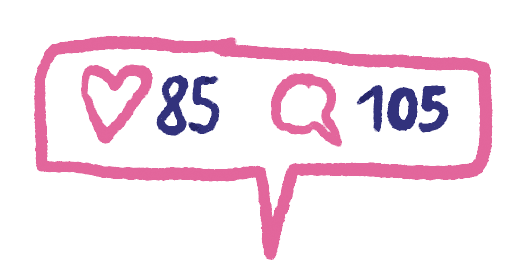

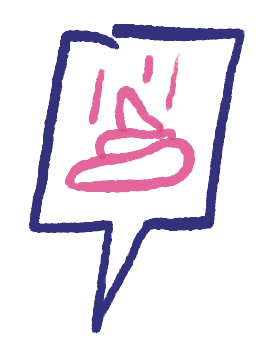
Our beliefs are what define our limits. They’re what block us from experiencing new things, from progressing and becoming even more badass.
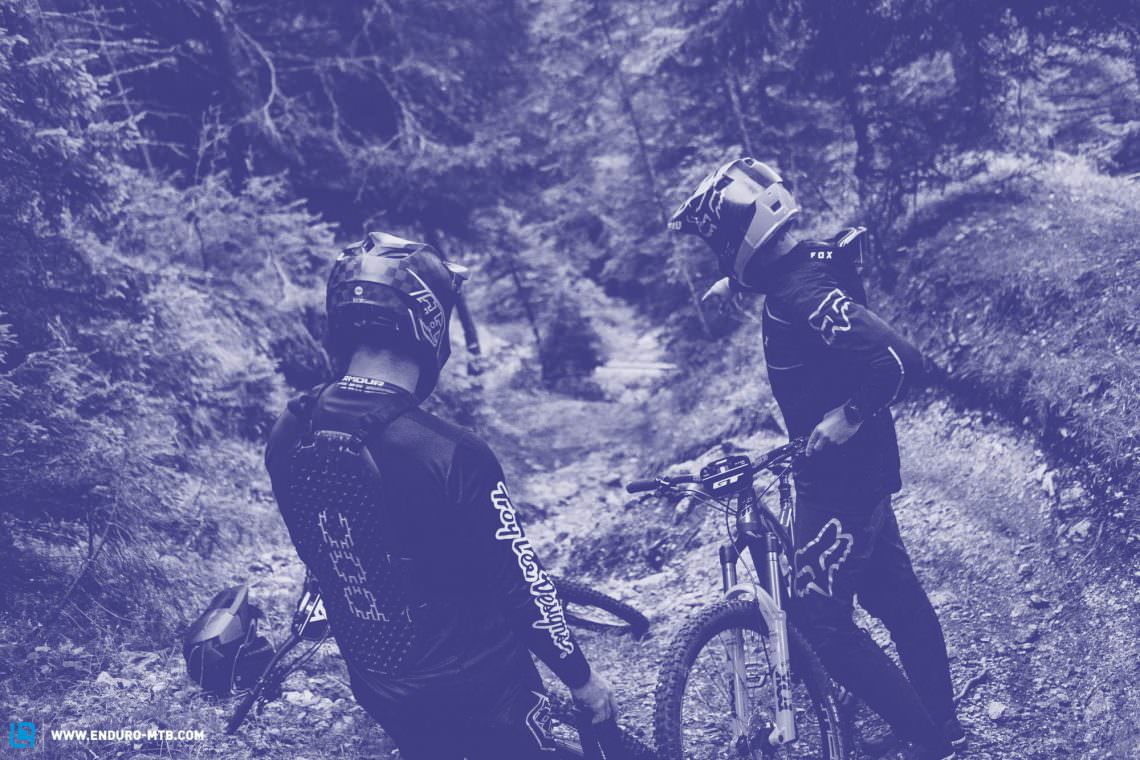
In this context, beliefs have nothing to do with religion but everything to do with convictions and how we make sense of the world. They’re something we hold true, but not necessarily based on fact. Sure, they could stem from religion, but they tend to take root as you grow up, acquired through subconscious expectations and judgements. These limiting beliefs can be anything we feel strongly about – whether it’s that we should welcome new people with openness, that we should have saved € 20,000 by the time we’re 30, that we won’t find The One, that we need to train at least three times a week… Whatever. Fine, be an atheist but don’t claim to be a non-believer.
We’ve all got beliefs that influence how we act. Most are subconscious, carried with us as baggage the same way we stick to a routine without thinking. Oftentimes we’re completely blind to how drastic the consequences of these beliefs can be on our lives, which is what makes it so important to repeatedly question said beliefs and align them with what we want to achieve. Beliefs that are lodged in our mind are what hold us back and prevent us from being more badass, from progressing, from having greater experiences.
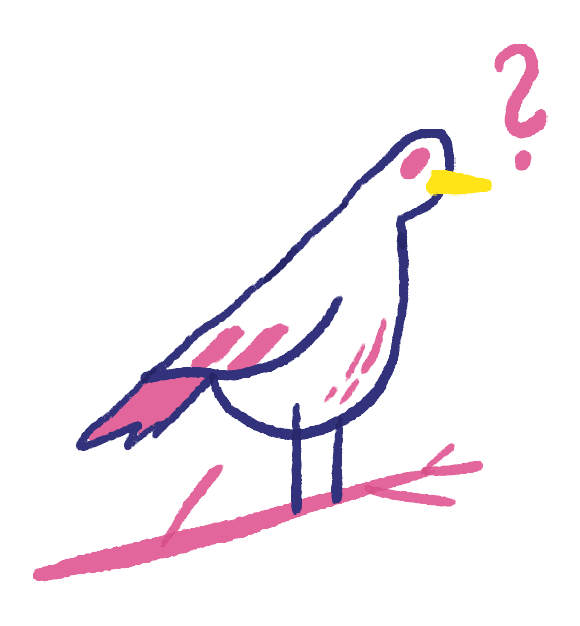

We act in a certain way because we believe it’s right this way, but wrong another way, because it’ll make the world a better place, because people will like us more, or praise us more. These subjective convictions determine how we act but can feel so compelling that we’re convinced they are the absolute truth. Who could be a better judge of our own abilities than us, right? But we’ve got to acknowledge one thing: most of these beliefs aren’t necessarily ours…


Where do our beliefs come from?
Beliefs establish themselves in our mindset subconsciously. Say that you observe how a certain action leads to a certain reaction and it happens again, then again – over time this can cement itself into a belief, strong enough to relay an internal command to the brain. Three disastrous dating dramas in a row = I’m-not-the-relationship sort. Before you know it, that belief becomes a reality, a self-fulfilling prophecy that lets us just give up.
And that’s not all. From work to riding, we crave community and support, safety and closeness. We imitate our environment, learn behaviours and identify ourselves in others. An ensuing predictability is present in a community that largely shares the same ideas and rituals and all this combines to strengthen our beliefs. It can be countrywide or just in our household. We adopt behaviour through role models, whether it’s parents, a pro rider or a rockstar. But for anyone who travels a lot through different cultures and societies, you’ll have realised one thing. Wow, beliefs, rituals and reactions can be wildly different!

The older we become, the more experiences will have flooded your mind to shape your convictions and beliefs. In the best case, they’re liberating and stimulating, but other times they’re a blockade, a concern, stopping us from unlocking our potential. While they still let you become something, it just might not be that something you’ve secretly dreamed of since childhood.
It’s at precisely this point that you need to stand still and recognise that subjectively these beliefs might hold up to some scrutiny, but objectively it’s just subconscious self-deception.
When it gets to the point that you say, “I can’t do it!” you give up without having exhausted all the options, or maybe without having ever started. Shit, right? The word “can’t” is most often built on an illusion – you assume, even without all the information or based on some past experience, that the conclusion you’ve reached is the truth. You didn’t manage it then, so why would you now?

Now picture that über cool rider we’ve all seen on the jumps, the one that backflips without a second thought. They make it look easy and you feel like a loser as you can barely get over the jump, let alone whip over it. But what about those countless hours of training and bodged landings that the rider went through. What about the times they bit their tongue to hold back the fear?

We convince ourselves we can’t do something because we either let fear erode our self-confidence, we were talked out of it or we talked ourselves out of it. But up until the point that you’ve actually tried, you can never judge whether or not you’re capable. So flexing the “I can’t do it.” argument is usually wrong – you’d be better adding a “yet” to the end of the sentence and thinking, “Well, I didn’t manage it this time.” Maybe it’ll take another try, more support – a step-by-step approach to nailing a backflip that goes through the stages. Foam pit, airbag, practice, repeat. It’s irrelevant whether it takes 2 or 100 times until you succeed. The fact is that almost everything can be learned if you really want to. The speed and effectiveness with which you accomplish a task depends on your mindset (and, ok, maybe a little bit of talent or athleticism). But this is where your belief really counts. “I can’t do it!” won’t get you very far.
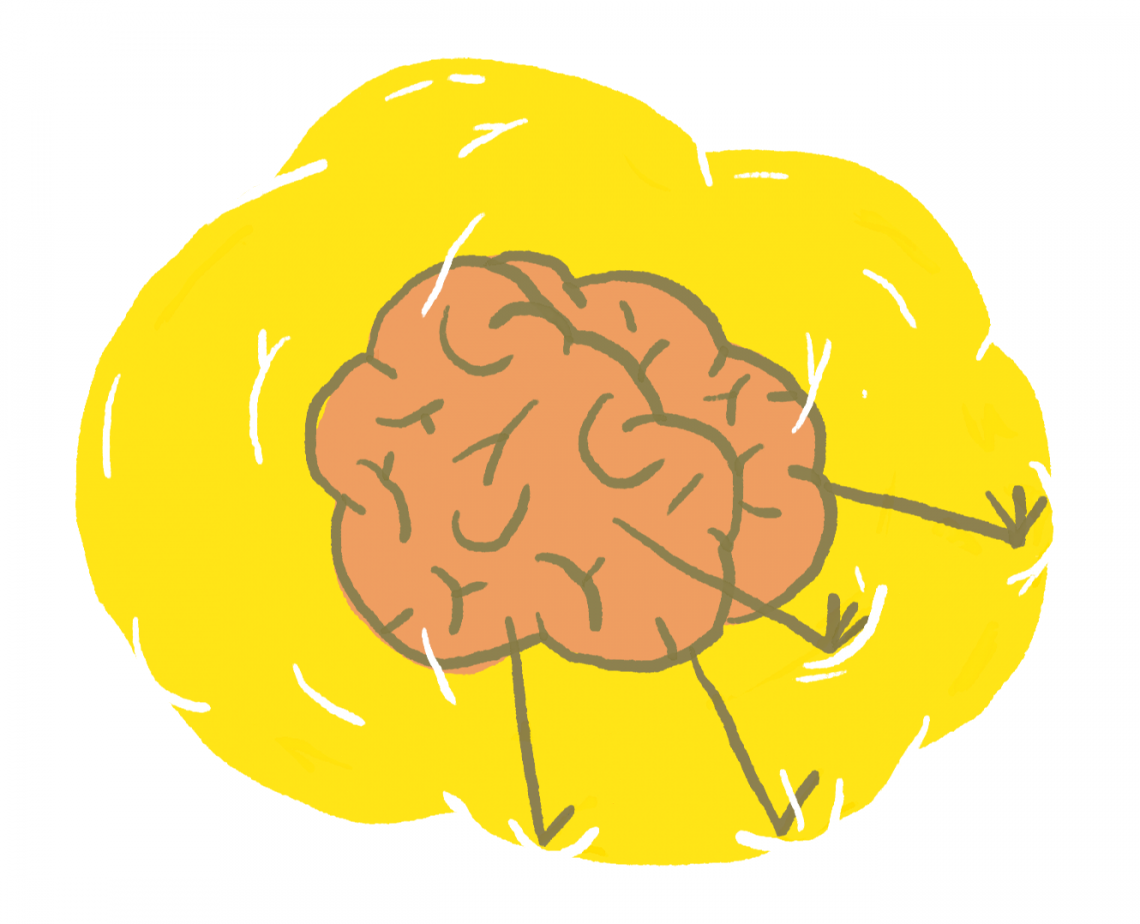
The reason that kids pick new things up so quickly is that they have fewer of the preconceived outcomes in their mind that would make an adult judge that it’s not worth the investment, or the risk or worth doing. Kids get involved and throw themselves into a task. As adults, we’d be smart to take them as an example more often. Just by starting something, we’re probably roughly going in the right direction and will get there eventually if we stick at it. If we never start, even if we’re somewhat wobbly, we’ll never get there.
How should I recognise a limiting belief?
They’re an invisible part of our subconscious, shaping our thinking and influencing our behaviour. They’re familiar, we fall back on them in situations that you want to avoid, or fill you with fear, prompting thoughts of “I can’t do this.” But these are precisely the moments in which you can spot a limiting belief. Dig up the dirt around it. Lean into the emotional signal that your mind has set limits and established beliefs. It could be a certain jump in the bike park or being scared of the dark, which could go back to an impressionable childhood watching too many horror films that led you to believe axe murderers and evil witches run amok once the sun sets. Is it really that bad or is it a misconception based on Hollywood or too many isolated news reports?
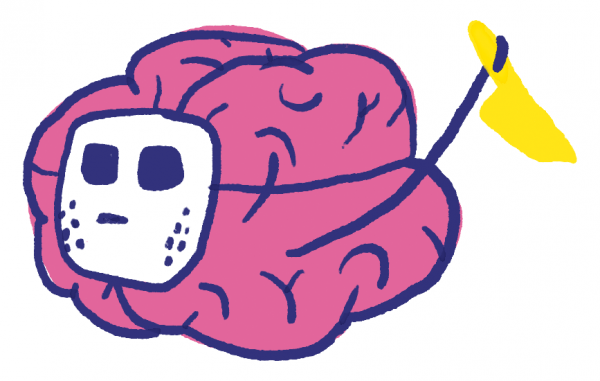
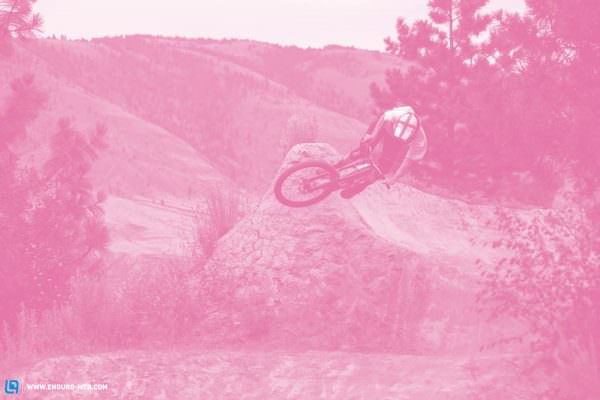
By exploring our limits and reflecting on what could be holding us back from accomplishing what we’d really like to do, we can overcome limiting beliefs. It involves admitting that we’re putting the brakes on ourselves, but ultimately it’s about progress, growth, learning to change our self-perception and unlock more freedom for ourselves. Hell, by acknowledging our limiting beliefs, you’ll learn that there’s even more potential in you than you’d ever considered possible.
You don’t have to cross the mental border immediately and definitely not in a rush. But it never hurts to look at where that limit lies, even if it feels counterintuitive and uncomfortable. Certain things might look way less intimidating from up close than they do in your mind. Practice raising your own mental awareness enough in your daily life and question the limits. It’ll change your mindset, letting you turn “I can’t do it!” into “Why can’t I do it?”

Do you believe that …?
You’re the only person in charge of your life. As the only person that can change things, it pays to put some trust in yourself. Believing in yourself, your abilities and your future requires the very thing that most of us are lacking, but also the one thing that’s truly needed: self-confidence. No egos, just a healthy dose of honest self-assessment and clarity about who you are and what you want. Instead of constantly seeking validation from other people, decide for yourself what you believe. Pick the limits you can live with and those that need realigning and shifting outwards. It’s at this point where believing in yourself brings its benefits.
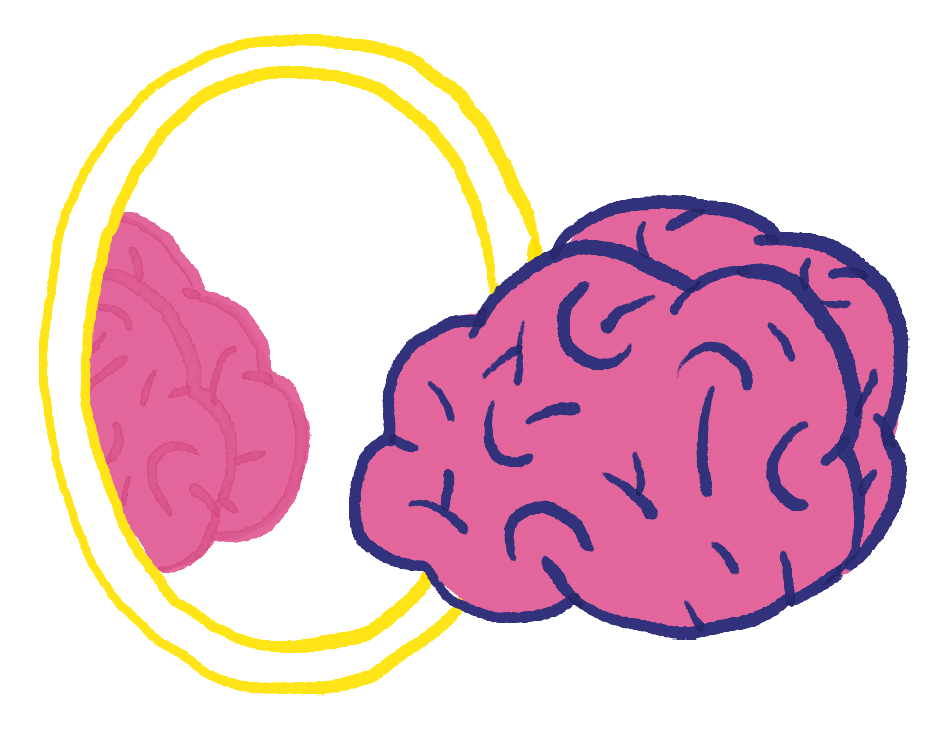
By not reprogramming your beliefs, you’re accepting that everything that hasn’t yet happened in your life probably won’t happen in the future.
It’s not about the possibility or impossibility of something from your current perspective. While we can think ahead in a linear way, life doesn’t work like that. Unpredictable, twisting, unforeseen events or even, let’s call them, opportunities that turn the impossible into the possible. But if you’re constantly telling yourself that something is impossible, you’re reinforcing the message and you won’t even get close to the opportunities, or worse, you won’t spot them.
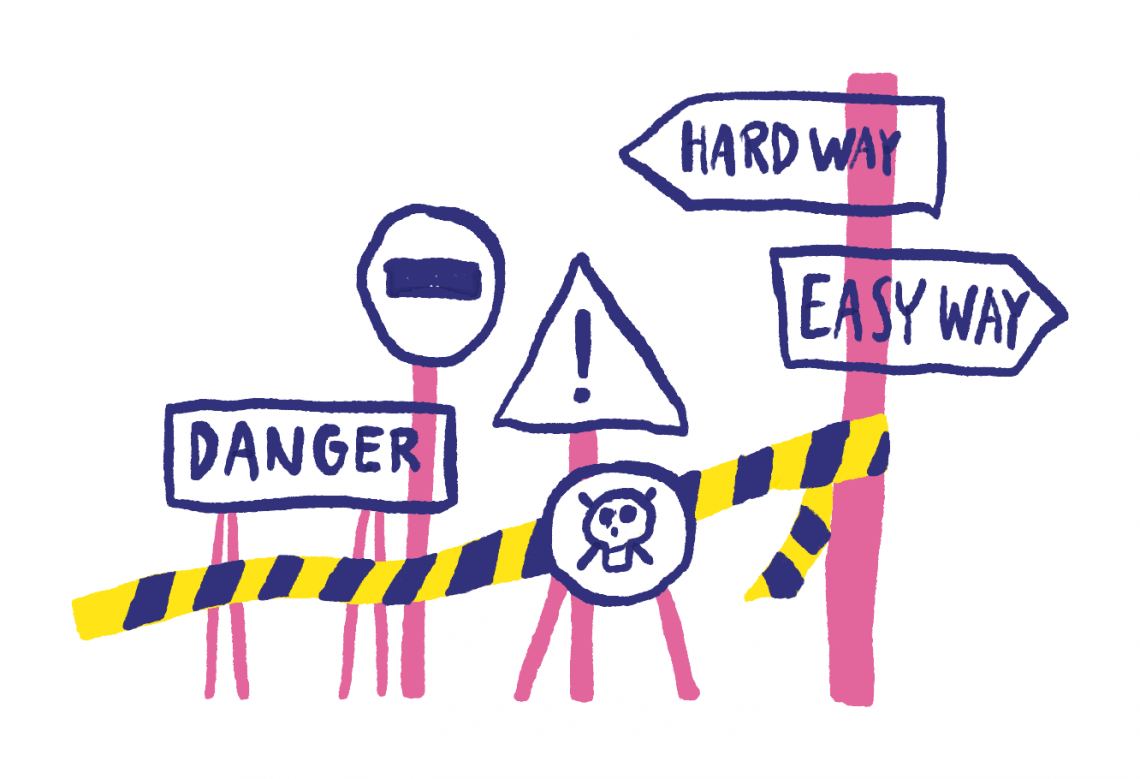
Self-sabotage and a waste of energy – Why some efforts can be futile
Doing something without fully believing in it is never really the way to achieve your biggest feats or accomplishments. It should be clear why: your body might be in action but your mind is busy, reinforcing the thought of “I can’t do this,” or asking, “How the hell am I going to pull this off?” It leads to cognitive dissonance and you waste energy in the conflict between mind and body, one pulling forward, the other stubbornly standing still. It wears you down, your energy fizzles out and success remains largely elusive… exactly as you’d predicted.
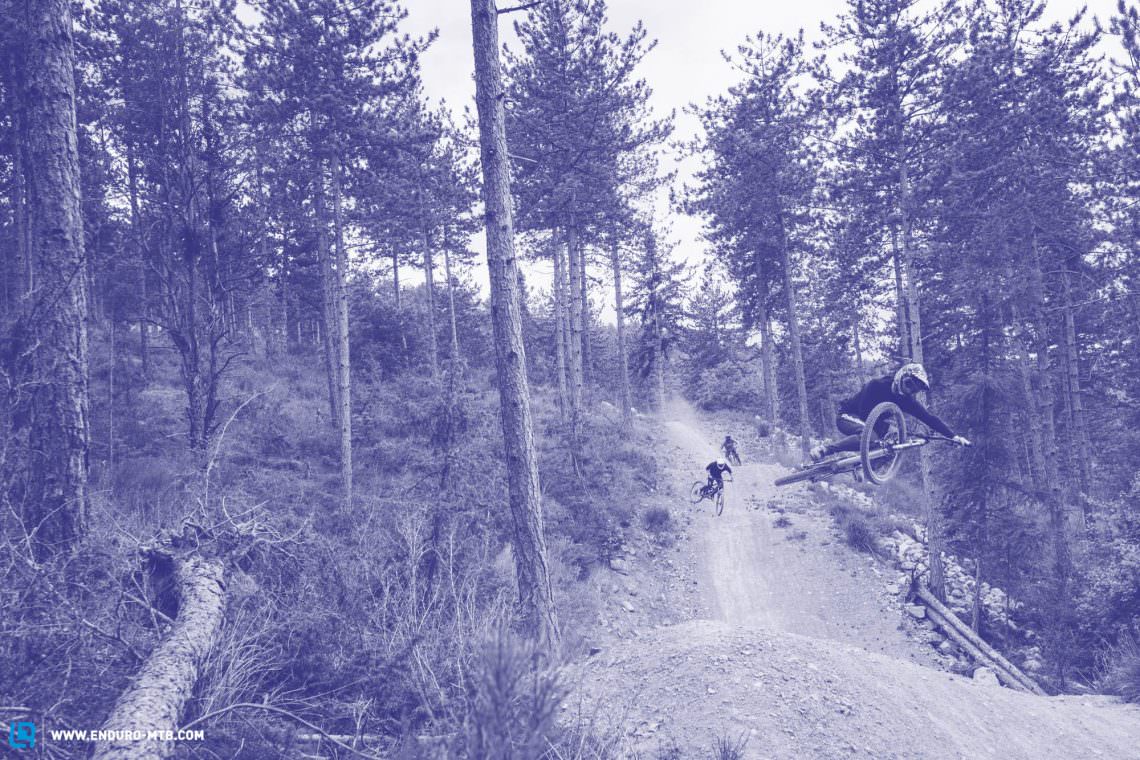
In those moments where you’re having doubts about your ability to achieve something that you’re trying, positively reinforce yourself, look for small achievable steps. How can I do this? What am I doing right? Approach it with the right conviction, muster up your efforts, concentrate your energy and you’ll work towards your goal with full focus. Not only will you be aware of the energy, but you’ll pick up cues from your environment that yep, it’s going good, it’s happening! And new opportunities or contacts will soon come your way – with one comes the other.
There’s a lot to be said for setting clear goals and believing that something good could happen – you set yourself up for success by investing energy and awareness and by taking the first step in the direction of where you want to go. The how shouldn’t even be a concern initially – just roll with it. With the right amount of self-confidence, you’ll find the way and the how will fall into place… Take it from the Romans. Fortes fortuna adiuvat. Fortune favours the brave.
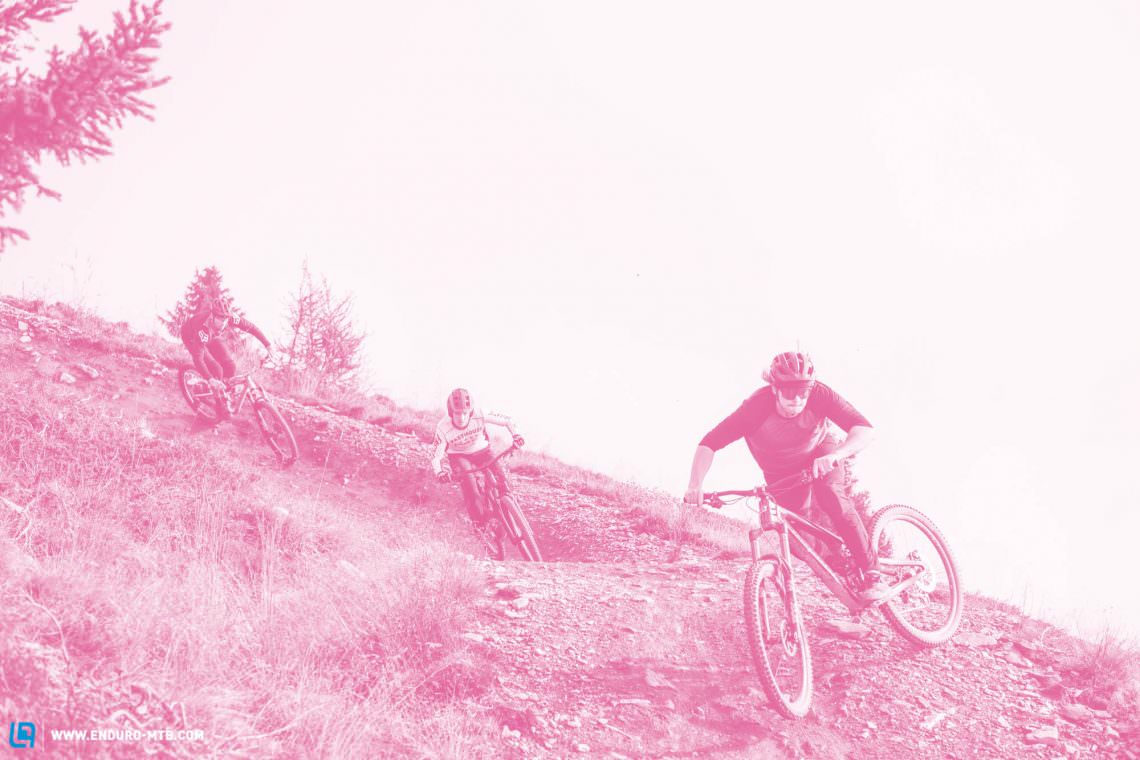
We’re not advocating that you throw all your current beliefs out of the window. It might sound massively liberating but we doubt it would be that productive. But take the time to consider where you’ve set limits and in which situations they hold you back. Trust us, it’s the only way to move forward, letting you consciously make new decisions, realign your convictions and reinforce less limiting beliefs and head forward in a new direction.
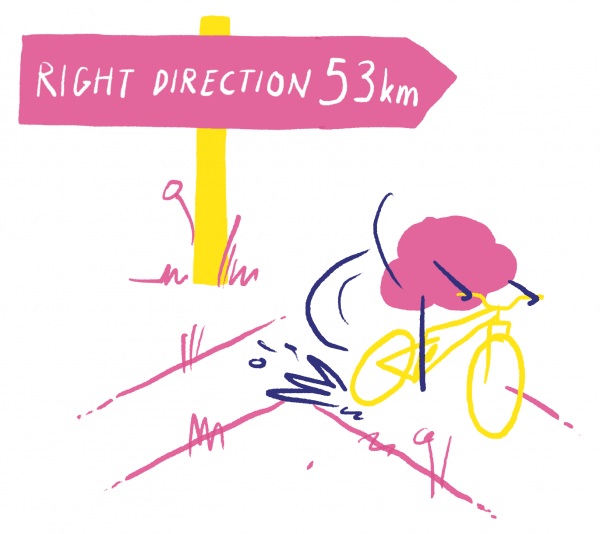
Sounds doable? Are you stoked to see it happen? That’s exactly the right mindset but there’s always the risk that we read an article that resonates but then let the daily grind creep back in and bury our aspirations. We won’t try and end this article with a conclusion. “I can’t do it!” is neither the beginning nor the end. It’s a baptism of fire in every moment of your life – sat at the desk, in your workshop, at the bike park or anywhere else you find yourself pushing against your limits. Believe in yourself.
Did you enjoy this article? If so, we would be stoked if you decide to support us with a monthly contribution. By becoming a supporter of ENDURO, you will help secure a sustainable future for high-quality mountain bike journalism. Click here to learn more.
Words & Photos: Robin Schmitt









